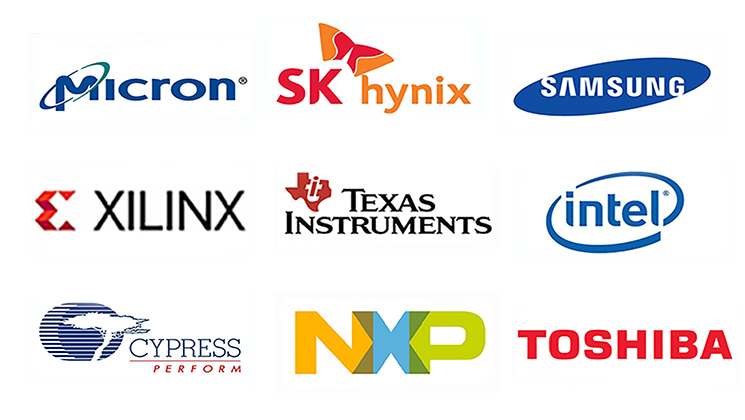The total overall cost of SSD continues to decline. Intel: it will cross with HDD gold in 2022
At resent, traditional mechanical hard disk (HDD) is still the storage option of many enterprises. Because its total cost of ownership (TCO) is lower than that of solid state disk (SSD), it can cost less. However, Intel recently said that with the gradual decline of the overall cost of SSD, by 2022, the TCO of SSD and HDD will be golden, which means that the cost of purchasing SSD will be less and more PLC NAND applications will be seen.
According to foreign media blocks & files, rob Crooke, director of Intel NAND products and solutions, said at the "Intel memory and storage moment 2020" forum that the continuous development of multi-layer 3D NAND will make the total cost of ownership of SSD catch up with HDD in about a year; This will make SSD more widely used in the storage market to replace HDD.
Rob Crooke added that PLC NAND, in particular, has the advantages of higher density and lower storage cost per unit capacity than other storage technologies. Therefore, Intel will actively develop towards PLC and has formulated relevant plans.
In addition, Intel recently released three new SSDs with 144 layer NAND units, namely SSD 670p, SSD d7-p5510 and SSD d5-p5316. Intel pointed out that the new NAND SSD represents a new milestone for TLC and QLC as the mainstream technology of high-capacity storage devices.
The first is SSD 670p, which is a 144 layer QLC 3D NAND SSD. It is used for mainstream computing at the consumer. It provides end-to-end data protection and supports pyrete 2.0 security and power-off notification, which helps the PC consumer improve it efficiency and device manageability of the actual application.
SSD d7-p551 adopts 144 layer TLC NAND design, which helps to accelerate the workload of cloud data center in all directions, and provides 3.84tb or 7.68tb space capacity in U.2 appearance specification. With improved device health monitoring, it provides higher flexibility in multi tenant and virtualized environment, and has a new version of algorithm and function specially adjusted for cloud workload. It is expected to be available by the end of 2020.
Finally, SSD d5-p531, which also adopts 144 layer QLC design, is developed for the optimization and improvement speed of traditional mass storage devices, and is expected to be available in the first half of 2021. Each die has a capacity of 128GB, which can improve the reading efficiency by up to 200% and the random reading efficiency by 38%, which can reduce the access delay by 48% compared with the traditional hard disk; It will provide 15.36tb and 30.72tb capacity, with U.2 and E1 L appearance specification.












